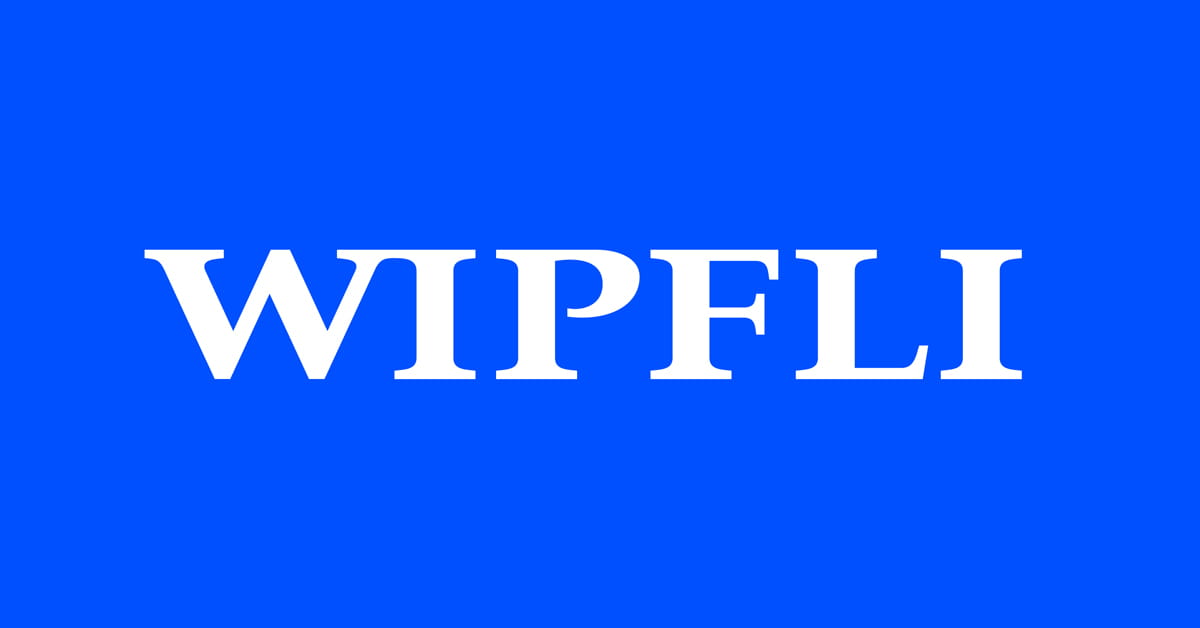Empowering users to make data-backed decisions
0
Pulling actionable insights out of vast volumes of data was daunting and slow at Children’s Hospitals and Clinics of Minnesota. Wipfli changed that with QlikView and custom-built applications.
.jpg?rev=3efaec6c16f84b29b9d93ee0466af178&hash=9958C13C51185E974BA43B9496DE5DC3)
.jpg?rev=2d5eb94f8eb9419d9f3eecffa1d3771b)
The Challenge
Children’s Minnesota excelled at collecting data, but users had to wait days or weeks for reports, which were outdated or irrelevant by the time they arrived. The organization wanted staff to have timely, self-service access to business intelligence (BI). QlikView seemed like a valuable solution, but Children’s Minnesota didn’t have the internal resources or skills to leverage it.
The Solution
Wipfli interviewed key stakeholders and teams to create the structure and best practices for Children’s Minnesota’s BI model. Wipfli also made strategic recommendations on tools, training and governance to serve the hospital’s BI needs. Then, the firm built a dozen applications, including a surge application to monitor patient flow and identify and anticipate seasonal flu “surges,” a surgery application to track and analyze key metrics and financials for the hospital’s three surgery centers and a strategy application to validate and support the hospital’s business development decisions.
Wipfli knows best practices and methodologies and understands BI. But they’re also not afraid to make recommendations that would take work away from them. It was quite obvious that the Wipfli team just wanted us to be successful. For me, that’s the mark of a good partner.
.jpg?rev=18f5794bfb7c4944bf9173d6aa1aa9dc)
The results
Employees no longer submit data requests and then wait. Everyone has the same information at their fingertips, accessible through more than 30 QlikView apps. These apps create efficiencies and save money by eliminating the need to gather and distribute information. And the quality of decisions has improved. The surge app helps nursing groups prepare for and manage high-census periods, and the surgery app helps Children’s Minnesota identify volume trends, market shifts and changes in referral patterns. Data transparency has been the biggest benefit. Children’s Minnesota gives its people information and data as quickly as it can, empowering users to make better, data-backed decisions.


